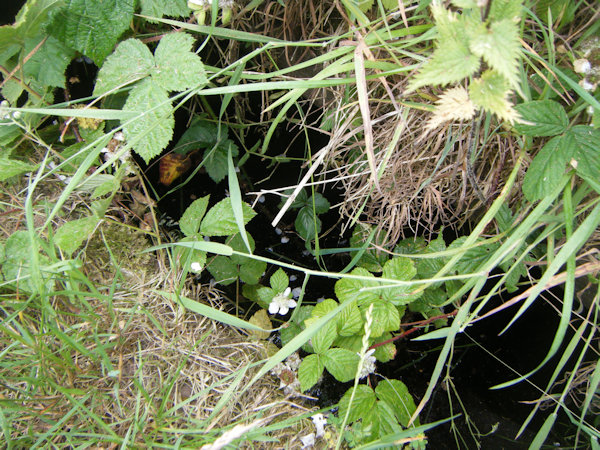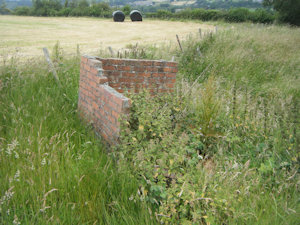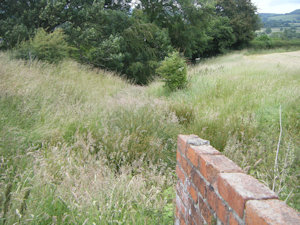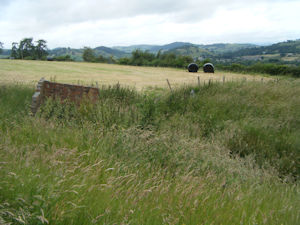 |
Dedication: Saint Elias? Location: Trederwen Coordinates: 52.76665N, -3.13133W Grid reference: SJ237193 Heritage designation: none |
HOME - WALES - MONTGOMERYSHIRE
 |
Dedication: Saint Elias? Location: Trederwen Coordinates: 52.76665N, -3.13133W Grid reference: SJ237193 Heritage designation: none |
The origin of Ffynnon Elias' possible dedication is something of a mystery. There are several saints named "Elias", including the Biblical character alternatively known as Elijah, and a 4th century martyr from Egypt, but there is no recorded Welsh or even English saint with that particular name. Unsurprisingly, none of these foreign saints' cults ever gained any popularity in Britain, especially not in remote parts of Wales, so it is incredibly unlikely that Ffynnon Elias was associated with one of these saints in medieval times. A plausible and likely true explanation for the well's patronage is offered by the fact that "Elias" was once a very popular Welsh name; perhaps the spring's name originally alluded to an association with a local man named "Elias", before later becoming confused with a well-known saint. It is worth noting that this is not an uncommon occurrence. Of course, it is possible that Ffynnon Elias never became mistakenly associated with a saint, and was always simply regarded as a well with an interesting name, but the site's healing tradition suggests otherwise.
Irrespective of the fact that the spring was almost certainly not a medieval holy well, its supposed association with St Elias seems to have caused it to become a holy well at some point after the Reformation, probably in the early 19th or late 18th centuries. By 1871, when the site was mentioned in Thomas Griffiths Jones' History of the Parish of Llansantffraid-yn-Mechain, published in The Montgomeryshire Collections, its reputation was evidently well-known locally. Jones attested that the well had previously been "much resorted to" by people "afflicted with weak eyes and dimness of sight", who, he claimed, were said to have "received perfect cures by the application of its waters".
However, Ffynnon Elias' seemingly brief period of fame had soon subsided by the time that the Royal Commission wrote about the well in 1911. It sounds, from their report, that they did not visit the site themselves, and it is perhaps for this reason that the Commission incorrectly claimed that the well is located "on common land", a notion quickly disproven by the 1840s tithe schedule, which shows that there was, by the early 19th century, no common land left in the parish. However, there may be truth in what the Commission said about the well's reputed state of repair:
|
Ffynnon Elias became silted up, and a more conveniently situated well close by has led to its neglect. It is understood, however, that it is to be again brought into general use. |
Whether the well was actually brought back into use is unclear, but it certainly had not been used for a considerable period of time when I visited the site in the June of 2025. When I saw Ffynnon Elias, the spring was clearly producing water, although the majority of it was obscured by long grass. The remains of a once substantial late 19th or early 20th century brick structure, located directly above the spring, may have originally covered the water supply, or served as some sort of pumping station for transporting the water to nearby Gelli Farm. Across the small stream issuing from the well down the hillside were several large wooden planks, perhaps remnants of this structure, as well as a piece of corrugated tin that must have served as the brick structure's roof. The water itself appeared to rise in a covered chamber, the exact details of which were difficult to discern through the weeds.
 |
 |
 |
|
Access: The well is located just off a public footpath. |
Copyright 2025 britishholywells.co.uk